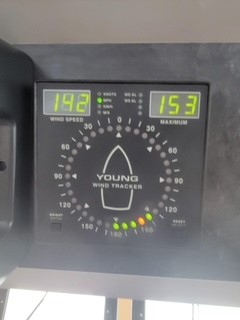FastEddieB
Touchdown! Greaser!
- Joined
- Oct 14, 2013
- Messages
- 11,420
- Location
- Lenoir City, TN/Mineral Bluff, GA
- Display Name
Display name:
Fast Eddie B
Right now, she seems to be aiming for the Louisiana coast, forecast to become a major hurricane before getting there. Seems like preparing an evacuation plan now might be in order.
If anyone needs a port in a storm, so to speak, we could put up a few folks at either our N GA (near Blue Ridge) or our E TN Lenoir City home. Copperhill, TN (1A3) just a few miles from the N GA home, either Knoxville or Monroe County (KMNV) for the Lenoir City home. Or just fly into our grass strip if you’re comfortable with 1,700’ of grass. Transportation available at either.
Or make this a thread about other options. Just don’t wait too long!
If anyone needs a port in a storm, so to speak, we could put up a few folks at either our N GA (near Blue Ridge) or our E TN Lenoir City home. Copperhill, TN (1A3) just a few miles from the N GA home, either Knoxville or Monroe County (KMNV) for the Lenoir City home. Or just fly into our grass strip if you’re comfortable with 1,700’ of grass. Transportation available at either.
Or make this a thread about other options. Just don’t wait too long!



